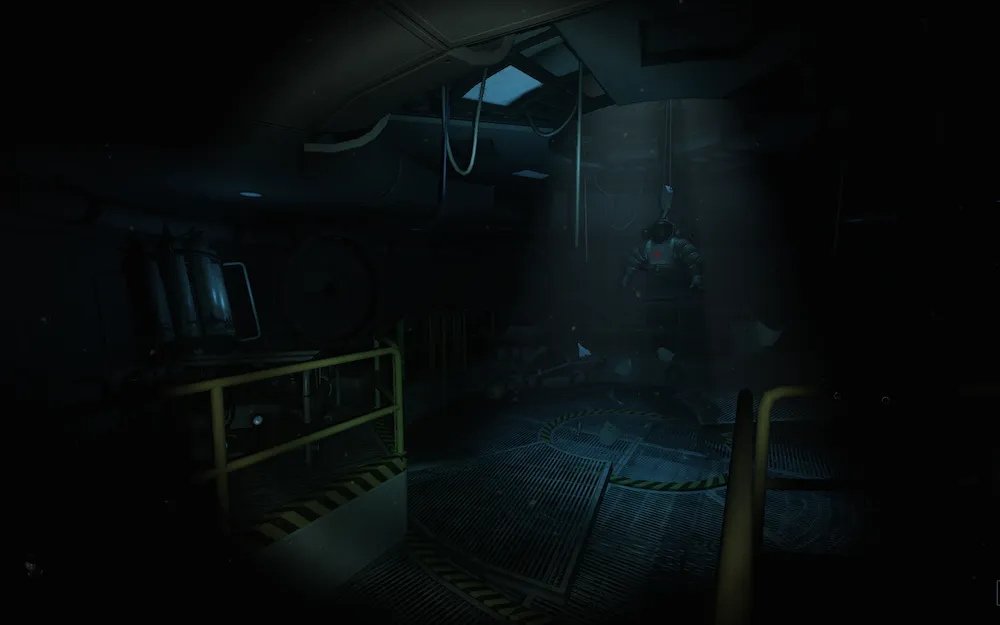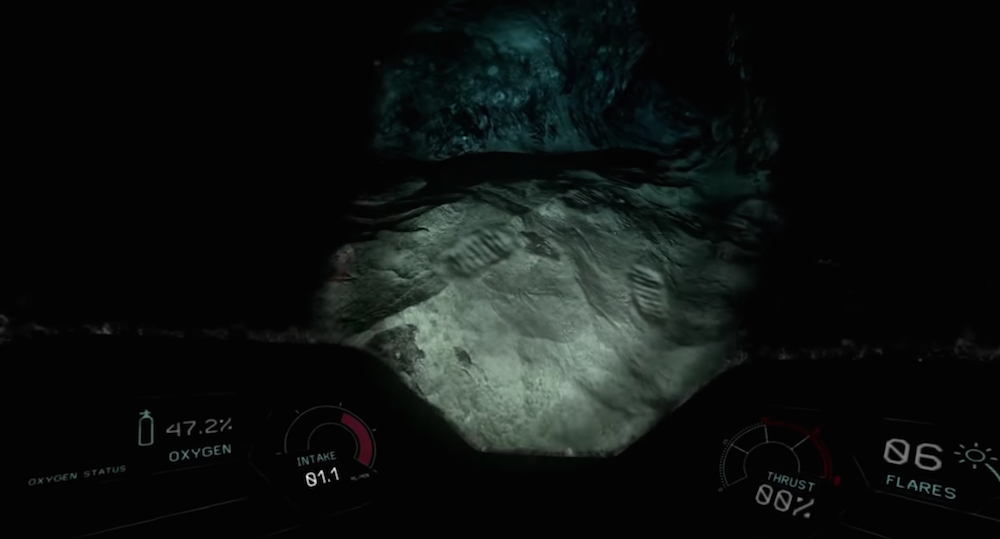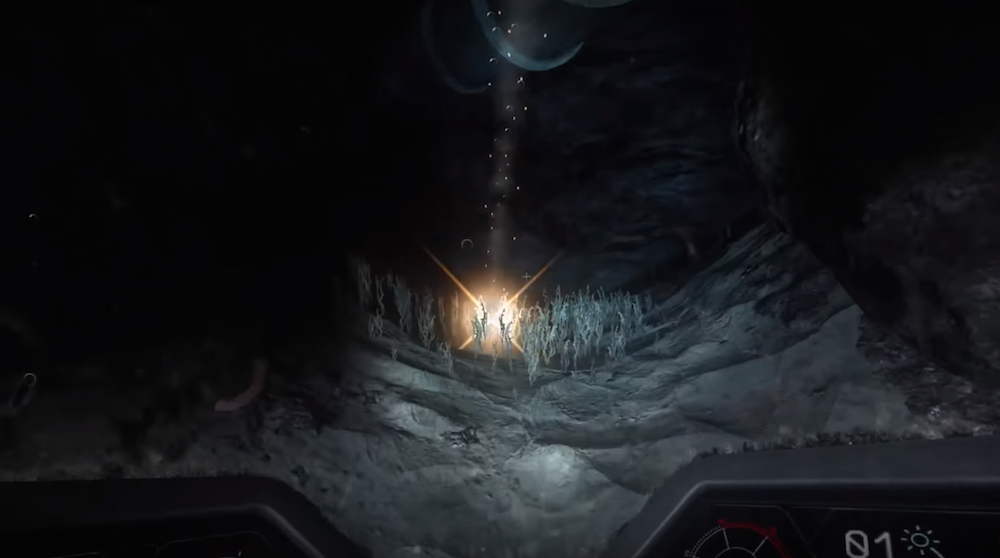Playing the underwater exploration/survival game Narcosis on an Oculus Rift DK2 marks two personal milestones for me in my virtual reality career. I’ve been a bit spoiled, getting access to VR equipment starting in 2016, so this was the first time I used an Xbox controller rather than motion controls. Also, it’s the first time I’ve gotten sick.
Not oh-crap-get-a-bucket sick, but I definitely experienced my first wave of the dreaded motion sickness during this experience. This was surprising to me since I have been rocked, shocked and shaken up fairly well by other experiences before this, but for some reason the disconnect between my brain moving around in VR independent of my physical body — using the Xbox controller — was significant enough to turn my stomach.
It’s unclear the precise cause, but the uncomfortable feeling may have also been magnified by the setting and mechanics of the game. Narcosis put me into the deep-sea diving suit of an underwater research facility’s lone-survivor. Movement in this suit is deliberately slow and clunky. Turning the camera with the right stick causes my view to turn at an unnatural slow speed and my steps follow the same pace. There is also a thrust mechanic that allows for brief bursts of speed and vertical locomotion. All of this fits well into the world the game is building but the unnatural motion scheme did not help my churning bowels.
The HUD for the game helps stabilize things. The display is my helmet itself, but it is not always floating in front of my face. In order to check my oxygen levels, thrust capacity and ammunition I simply turn my head down and scope out the bottom of my helmet to see that information. When I look up again it’s an unobstructed view of life under-the sea (cue the singing crab). The HUD occasionally loses its orientation and I need to click the left stick in order to recenter it.
I turn to look at the world around me. The visuals are one area where Narcosis truly shines. Built using Unity, the game’s aesthetics, lighting, and mood are all brilliantly rendered with textures and assets that look phenomenal even with my nose pressed right up against them. That captured mood can be summed up in one word: creepy. My only goal for the first part of the demo is to explore the destroyed research bay, but that simple task is made far more daunting and intimidating by the sparking lights, broken equipment and constantly depleting oxygen levels in my suit.
Gathering oxygen is my biggest priority and this is done by finding glowing oxygen tubes scattered around the map. I also have a flair gun on my arm to illuminate dark areas and, presumably, combat the foes that lurk within them. Clunking around the deserted base, my motion sickness fading as I get used to the movement, I begin to become truly unnerved by the stuttering sliding doors and obvious aura of disaster. My thoughts go from figuring out how to move to figuring out what happened to my colleagues. Before I can answer that question, however, it’s time for part two of the demo to begin.
Part two is an open undersea cave of sorts with shadows and switchbacks everywhere. I worry this may be time to use my flare gun, so I hold down the left trigger to bring up the weapon and ready myself to press the right bumper to fire. I slowly move around the sandy expanse, ready for the worst. That’s when it happens.
Out of nowhere a giant squid bursts into my field of view and in a panic I fire my flare. It misses wide right like a Buffalo field goal and before I know it the beast is on top of me with its suckers battering against my helmet. Terrified, I try firing another flare but before I can my whole screen appears to crack and I’m informed that my game will be over due to a critical oxygen leak. After I emerge from the headset I am informed by Honor Code team member David Chen that what I should have done was button mash to shake the squid off of me. Unfortunately, my time is up, but I’m looking forward to a rematch with that monster sometime soon.
Narcosis taught me two things about VR that I won’t soon forget. One: motion sickness is a very real thing, but our bodies are crazy adaptable and, at least for me, the sensation was short-lived. And two: atmosphere is a hugely powerful arrow in the VR developer’s quiver. This game is beautifully rendered and its visuals created direct emotional responses in me during my play through.
The final version of Narcosis will take about 4 to 5 hours to complete, according to Chen, and is slated for a release on Oculus Rift in late April. The title is currently available for preorder and costs $19.99.




























